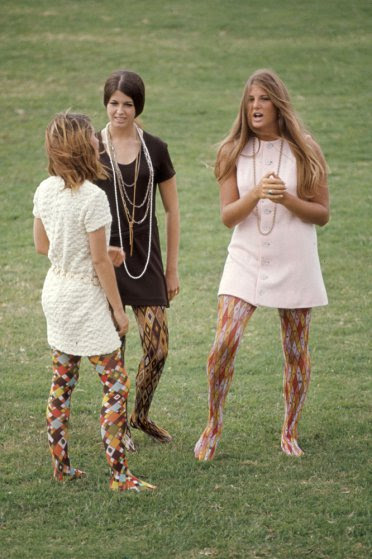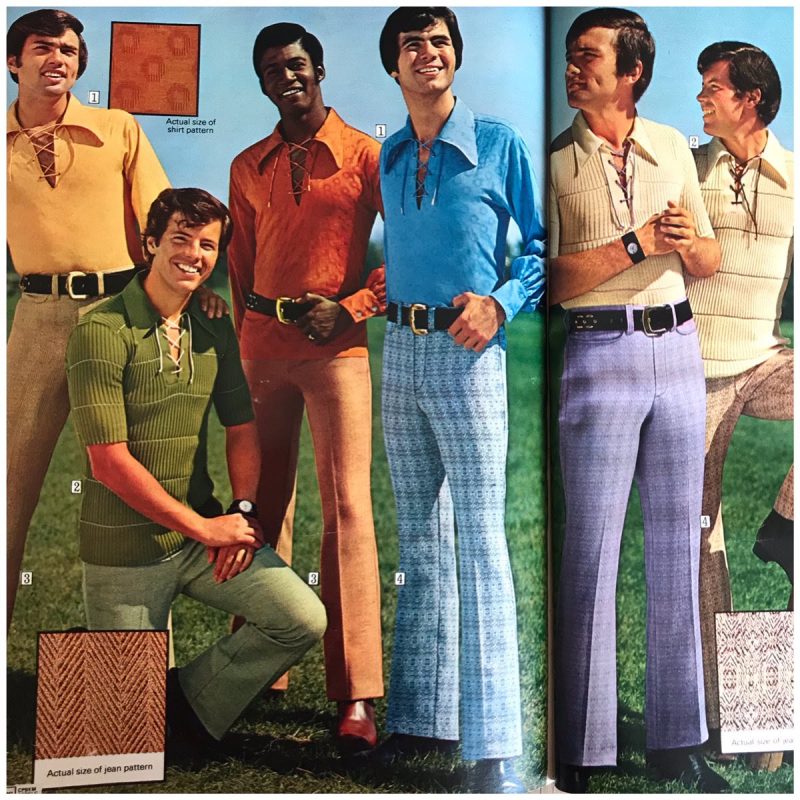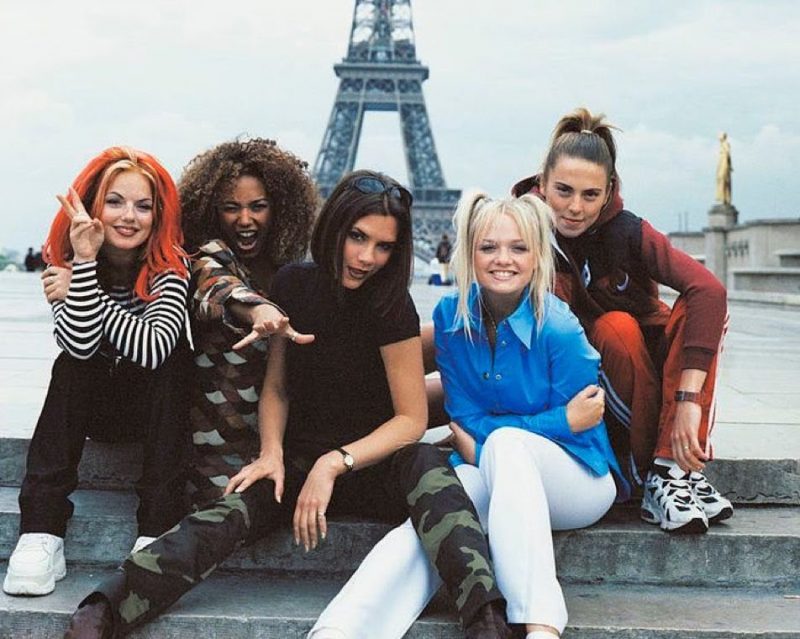The Fashion Revolution: Why We Love Inspiration from the Past
People often say that fashion is revolutionary. With every passing decade we grow closer to repeating the successes (and failures – shell suits!?) of the past. Embracing what was great about the fashions of a past decade – what they represented culturally and socially – is key in showing how we have developed and can bring in previous motifs to the modern day. Let’s take a look at fashions from the 1960s right through to earlier in the 21st century to see which looks are enduring and why it’s important to keep links with the past.

Back to the Sixties
The 1960s were one of the first decades that made waves with fashion. While the standardized nature of the post-war years gave us some interesting touches such as the beehive hairdo and the dotted pencil skirt, it was the 1960s that allowed fashion to begin to speak for itself. Using fashion as a way to showcase culture was a huge part of the love revolution that took over the decade of the Beatles and Woodstock. The 1960s introduced mini skirts, leopard print, and knee-high boots. While the first two have remained popular since their inception, knee-high boots are making a true comeback. The 1960s also gave us the empire waist, a dress that used the defined waistline that sat higher on the frame to produce a unique and statuesque silhouette. The empire waist is suited for special occasions, so can often be seen as the feature on bridesmaids dresses and prom dresses. Though not everything from the 1960s could make a comeback – babydoll dresses, entire outfits made of the same color, and the color of the mods, lime green, have thankfully stayed in their decade.

Disco Fever
The 1970s gave us disco music and the entire culture and lifestyle that came with it – including metallics, sequins, and neon inspired clothing. One key trend from the 1970s that has made a recurrence is the flared trouser look. Harper’s Bazaar showcases many celebrities who embrace the look in 2018 and the loose fitting nature of the clothing could provide the perfect breezy relief for summer. In the 1970s people were taking more and more chances with what they wore – and in an age of freedom such as 2018, the same thing is happening with some 1970s motifs. Bohemian chic has made a comeback thanks to the hipsters and those appreciating the bohemian subculture. The outfits may be updated, but the understated, flowing, casual nature is retained. The punk rock styles of the ’70s have also remained timeless, with leather jackets staying in fashion thanks to their constant use by high fashion celebrities. The durable material allows the wearer to blend seamlessly into both casual and more formal settings and the style has only appreciated in value since its inception. Thankfully, the 1970s trend of safari attire and faux military khaki have left us with the last days of disco.
It’s Not Just Fashions – Hobbies Are Making a Comeback
But it’s not just fashions of the past that are making a comeback. Once a way in which to make do and mend, knitting has found a resurgence – with a high number of men taking up the therapeutic hobby. Bingo has seen a rise too. With the ability to play bingo online with no deposits, millennials are flocking to play the game of the baby boomers. Baking has seen a renaissance as well – with the success of the Great British Bake Off, more and more people are turning to traditional crafts that stood for values of reducing waste and centering the family around the dinner table. While our fashions are returning to the past through inspirational looks, our pastimes are as well, bringing modern touches – playing games online and reading receipts from iPads – to the classic nature of the hobby.
Straight Out of the Eighties
The 1980s took the fashion steps made in the 1960s and 1970s and ran with them. Dozens of fashions from the 1980s have remained popular – from t-shirts with bands on them to logo t-shirts to leggings with them. Shoulder pads and crimped hair are yet to make a reoccurrence, as are batwing sleeves. The 1980s personified the trend of dressing to exercise, and while we don’t wear sweatbands are our wrists and foreheads, wearing tracksuits and jogging bottoms with vests is an enduring fashion.

Not So Long Ago
We assume when people are talking about past fashions that they’re talking about the distant past and since the 1980s we have gained a collective fashion conscience to move forwards. But the 1990s, looking back – and being almost thirty years ago – had their share of outlandish fashions. Let’s start with curtained fringes, which have make a comeback, especially with models. Faded jeans and oversized t-shirts have also seen a rise in fashion stores such as ASOS, and colored jumpers and sweatshirts have circulated back into fashion. Looking back at bands from the 1990s, such as the Spice Girls, and blockbusters such as Clueless show us what fashion was back then. We didn’t notice the garish and striking nature of it at the time, but have since developed more of an eye for what looks good.
Basically Yesterday
Fashions from the 2000s are also coming back – and ones we didn’t even realize had left circulation until we saw photographic documentation of what we used to look like fifteen years ago. The age of social media means that we are more conscious of how we look and what we wear, so creating unique fashions seems more contrived that the way they naturally trickled through society. Wearing trends such as Beyonce’s Blue Ivy ranges and men wearing white jeans are some trends that cropped up and instantly faded in recent years. Topknots were also the rage just a few years ago, yet are seldom sported now, receiving raised eyebrows instead. Looking forward, it could be that in five to ten years’ time, topknots will be the rage again, sported by celebrities and civilians alike, with no memory of the way they boomed and faded only yesterday. Fashion is revolutionary and just as we repeat and take influence from the past, we are creating fashions that will feed into fashion revolutions of the future.
So, as we can see, the fashions of the past 50 years can be called upon in modern times to help accent certain features or infuse a look with the culture and attitudes that helped its invention. Bringing back fashions from the past not only helps introduce them to a new audience but reminds us of how far we have come and how we should constantly be looking back in order to cultivate a better future.